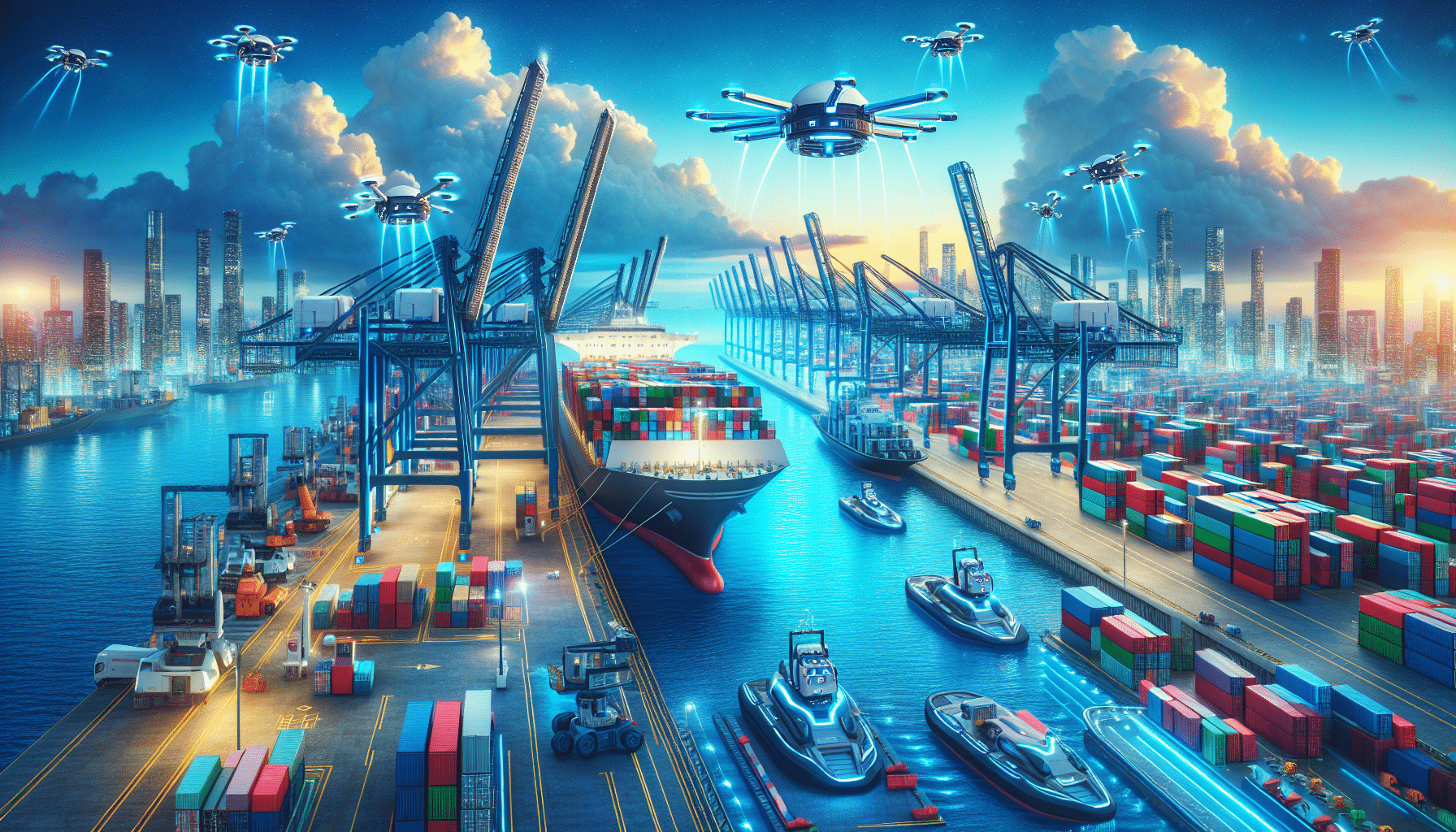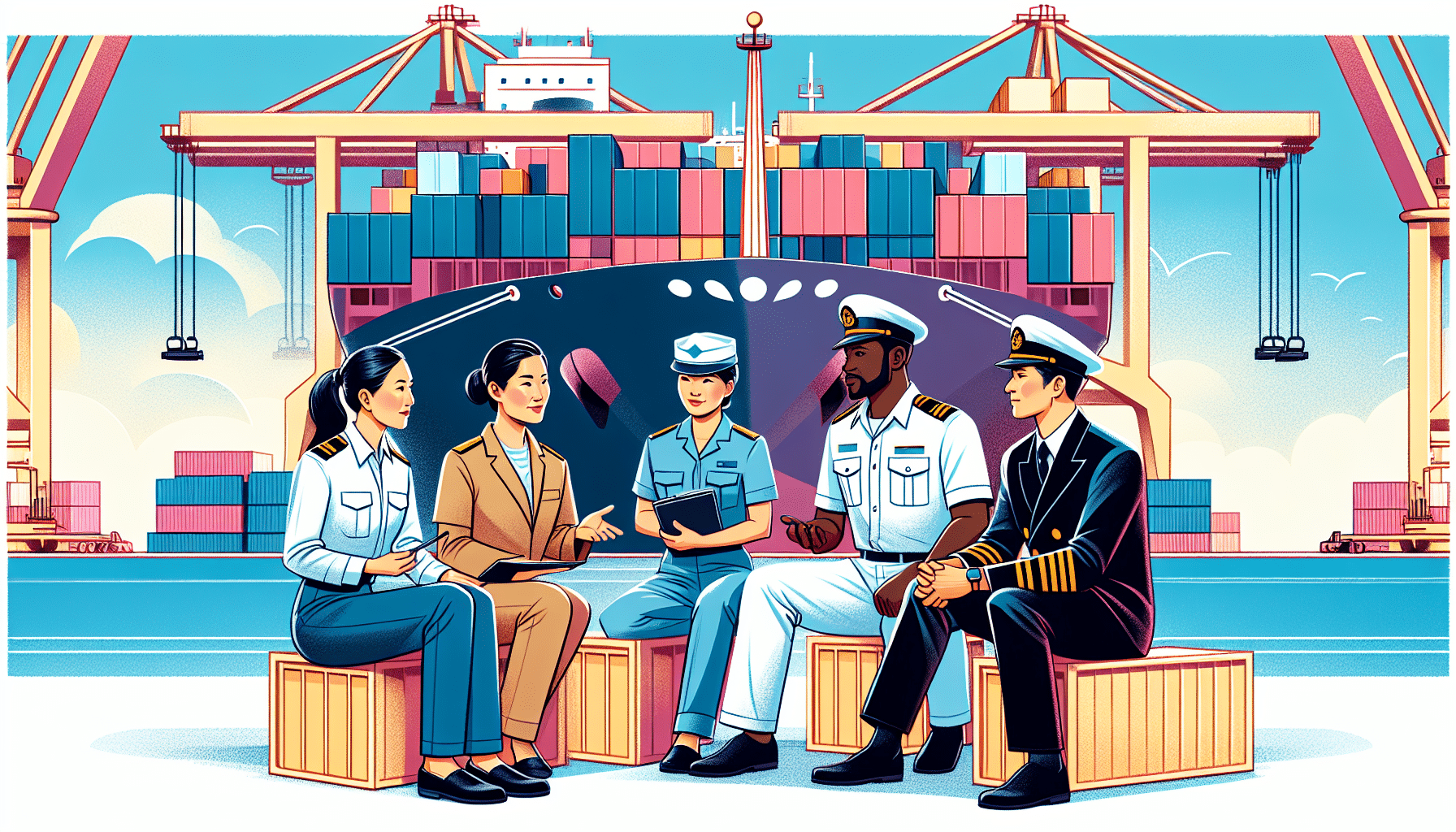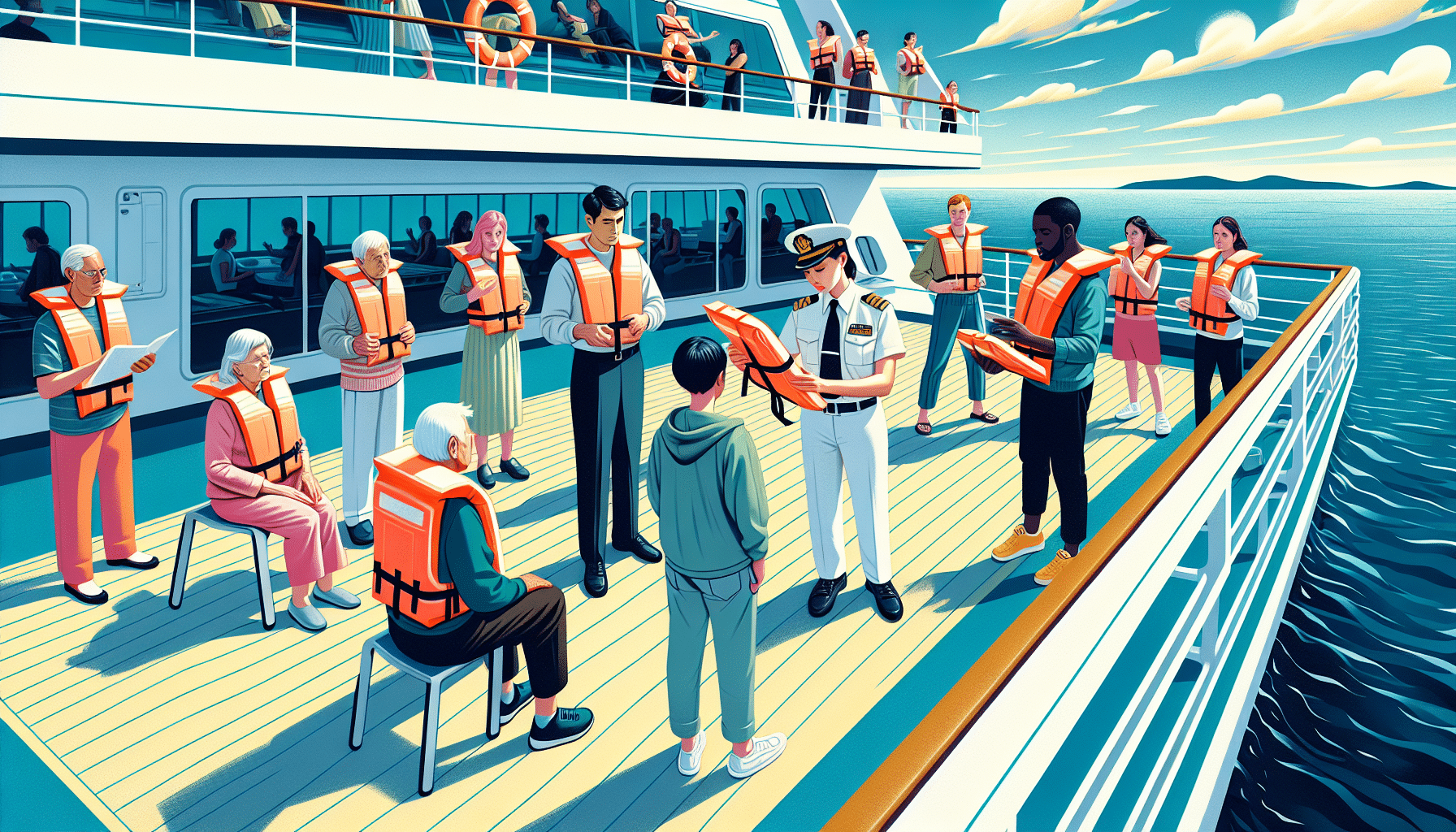The Importance of Promoting Health and Wellness for Seafarers
Seafarers play a crucial role in global trade, operating the commercial ships that carry the majority of the world’s goods across oceans. The unique and often harsh conditions of maritime life, however, pose significant challenges to their physical and mental health. Promoting health and wellness among seafarers is vital not only for their own well-being but also for the safety and efficiency of maritime operations.
Challenges Faced by Seafarers
The maritime environment presents a set of unique stresses and hazards. Seafarers are often away from home for months at a time, leading to social isolation and possible psychological distress. Physically, they face risks from the demanding labor on board, adverse weather conditions, and potential exposure to hazardous materials. The irregular schedules and night shifts can disrupt sleep patterns, leading to fatigue and other health issues. Additionally, limited medical facilities on board can make healthcare access difficult.
Mental Health Concerns
Mental health is a major area of concern for seafarers. Conditions such as depression, anxiety, and chronic fatigue are common. The isolation experienced while at sea can exacerbate these issues, as can the absence of regular communication with loved ones. Initiatives that focus on mental health support, including counseling services and improved connectivity with family while at sea, are essential.
Physical Health Issues
Physical health risks include injuries due to manual labor and accidents, which are common on ships. Musculoskeletal disorders can result from repetitive strain or heavy lifting. Additionally, seafarers often face dietary issues due to limited food options, which can lead to or exacerbate chronic conditions such as diabetes and heart disease. Regular physical exercise and balanced meals are critical preventive measures. Proper training on handling machinery and heavy loads can also reduce the risk of injuries.
Strategies to Promote Health and Wellness
To address these issues effectively, comprehensive health and wellness programs tailored to the unique needs of seafarers are indispensable. Such programs must be collaborative efforts involving ship owners, management companies, maritime health associations, and the seafarers themselves.
Physical Health Programs
Ongoing physical health initiatives might include regular medical check-ups and vaccinations, especially considering the confined and isolated environment in which seafarers work. Health education can teach crew members about nutrition, exercise, and disease prevention. Moreover, accessibility to healthy food options on board and facilities for physical exercise can significantly enhance seafarer wellness.
Mental Health Support
Mental health programs should include training for crew members to recognize signs of mental health issues in themselves and others, as well as providing professional mental health support onboard and ashore. Encouraging a culture where seafarers feel able to talk about mental health without stigma is also crucial. Providing free or low-cost communication tools to keep in touch with family and friends can help alleviate feelings of isolation.
Improvement of Working and Living Conditions
Enhancing the living and working conditions on ships is equally important. Reducing noise and pollution, ensuring proper rest by adhering to work-hour regulations, and improving the comfort of living quarters can contribute substantially to the overall well-being of seafarers. Safety training and up-to-date safety equipment should be non-negotiable to prevent accidents and injuries.
Collaboration and Policy Making
Effective promotion of health and wellness for seafarers requires strong collaboration between multiple stakeholders. This includes shipping companies, policymakers, maritime welfare organizations, and healthcare providers. Policies and regulations that protect seafarers’ rights, ensure mandatory health checks, and enforce proper living and working conditions on ships are essential. International cooperation is also pivotal, given the global nature of the shipping industry.
Utilizing Technology for Health Innovations
The use of technology in monitoring the health of seafarers onboard can revolutionize wellness programs. Telemedicine can facilitate better medical support remotely. Wearable health devices can monitor vital signs and detect potential health concerns early, enabling prompt medical action. Digital platforms can provide resources for mental health support and physical fitness programs customized for the maritime setting.
In conclusion, enhancing the health and wellness of seafarers is not only a duty of the maritime industry but also a necessary investment in the safety and efficiency of global trade. A collective effort in implementing comprehensive health programs, improving working and living conditions, and leveraging technology can lead to significant improvements in the lives of seafarers and ensure the smooth operation of the shipping industry.














